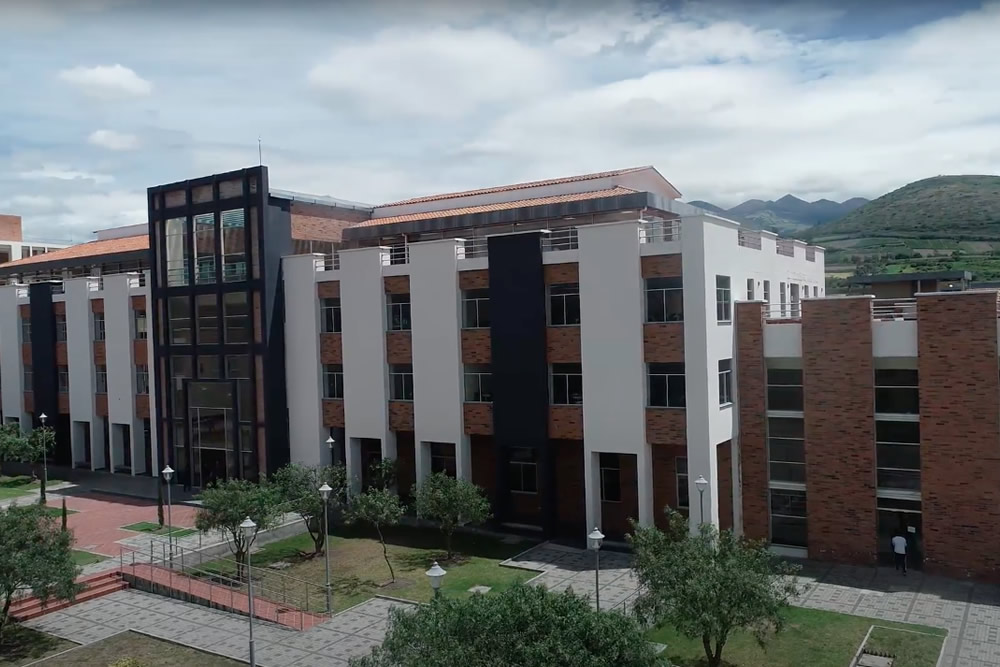Industrial galactomannan polysaccharides / N. K. Mathur.
Tipo de material: TextoIdioma: Inglés Detalles de publicación: Boca Raton, Fla. : Taylor & Francis, c2012.Descripción: xxi, 165 p. : ill. ; 24 cmISBN:
TextoIdioma: Inglés Detalles de publicación: Boca Raton, Fla. : Taylor & Francis, c2012.Descripción: xxi, 165 p. : ill. ; 24 cmISBN: - 9781439846285
- 572/.566 23
- TP979.5.P6 M38 2012
- SCI011000 | SCI013040 | TEC012000
| Tipo de ítem | Biblioteca actual | Signatura | Copia número | Estado | Fecha de vencimiento | Código de barras | Reserva de ítems | |
|---|---|---|---|---|---|---|---|---|
 Colección general
Colección general
|
Biblioteca Yachay Tech | 572.566 M432i 2012 (Navegar estantería(Abre debajo)) | Ej. 1 | Disponible | 000658 |
Includes bibliographical references and index.
"Quite possibly the first comprehensive text on galactomannans, Industrial Galactomannan Polysaccharides compiles information on their industrial uses in the form of gums including locust bean, guar, tara, fenugreek, cassia-tara, and Sesbania-bisipinasa varieties. The book describes how galactomannans are currently produced commercially and how they have become industrial commodities. It provides a simple and clear introduction to these vital substances, it compares their various sources.HighlightsGeneral chapters on carbohydrates, hydrocolloids and associated rheology, interactions of galactomannans, and derivatization of polysaccharidesA brief history of each product gum, cultivation of the plant sources, seed, habitat, chemical structure, functional properties, manufacturing processes, and applicationsSpecial focus on the most representative galactomannans: guar and locust bean gumsAn in-depth compilation of industrial galactomannans information, this book is designed for the manufacturers, traders, and end users of galactomannans, as well as technologists in polysaccharides-related industries and scientists and academics interested in carbohydrates"--
"Preface I have been associated with the guar gum (an industrial galactomannan polysaccharide) industry at Jodhpur, which is a city in the northwestern Rajasthan state of India, for nearly four decades now. Guar seed processing into its gum was started in India in late 1950s and early 1960s. This was based on transfer of technology by two U.S. companies (General Mills Co. and Stein, Hall & Co.) and establishing guar galactomannan-based industries in India with their collaboration. Subsequently similar industries were also established in Pakistan. With establishment of these industries on the Indian subcontinent, processing of guar seed into gum powder was gradually reduced in the United States and Europe. However the export of guar seed split from India has continued even now to most of Europe, Japan, and the United States, where some value-added specialty guar gum products are still manufactured according to secret and patented procedures. During the past two decades, there has been an increasing trend of outsourcing production of these so-called specialty products to Indian manufacturers. For several years the export-oriented guar gum industry in India, flourished and progressed well. This was mainly due to mastering of the technology of mechanical processing of guar seed into gum powder, without much understanding of underlying science and technology of the process and the product. India currently produces over 70% of the world production of guar seeds, most of which is processed into guar gum products and its by-products, including protein-rich cattle feed. Many guar gum industries in India are now emerging as multihydrocolloid industries processing, importing, or trading in hydrocolloids other than guar gum"--
No hay comentarios en este titulo.




